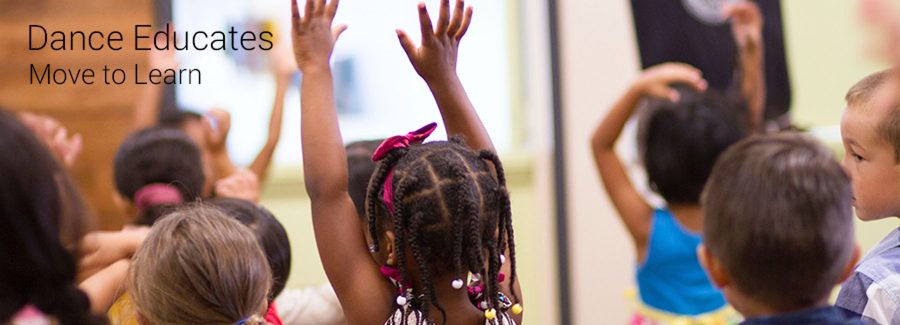At Dance Educates we believe in sharing our experiences and supporting people in dance education to encourage their continued professional development.
Over the past 15 years we have worked with over 20 different Primary and secondary schools and quadruple that amount of teachers!
We have listened and learnt, analysed and agonised questions about dance in education and developed the following page to highlight some of the most asked about areas in dance.
Below are the most commonly asked questions and in response to these, we have written several articles that discuss and reflect relevant topics in dance in education. We hope you find them useful and we welcome your thoughts.
1. How do I begin to create a dance vocabulary for my students?
The current dance curriculum can be prescriptive and often lack creativity, this is why it is important to inject some excitement and life into the subject! Look at starting points, look at the world around you. Great stimuli for developing a movement vocabulary can be:
- Objects (shells, newspaper, ornaments, bubble wrap, dice)
- Text (poems, stories, articles)
- Images (animals, people, maps)
- Video (dance clips, wildlife, volcanoes erupting)
- Music/sound (world music, soundtracks, silence)
Take one of these starting points and break it down into words, e.g. shell: smooth, fan, swirl, home, empty, sea. Create a movement for each word and build up the dance from here. Add simple choreographic elements such as levels and dynamics and see where it takes you.
2. What shall I do for a warm up?
Warms ups do not have to be complex or rigorous but they do have to 1) warm up the students and 2) relate to the content of the lesson you are teaching. Make warms ups fun by introducing games such as Opposites. Stop=Go, Go=Stop, Jump=Sit and Sit=Jump, this one is a good brain teaser!
Call and response is very effective too. Choose an action and number them (1=jump 2=roll 3=swing arms 4=freeze). Ask the students to walk around the space and respond to the numbers you call out.
3. What is the best music to use?
Try and use different styles of music that relates to the content of the lesson. Music with lyrics can be distracting and sometimes inappropriate so instrumental versions work well. Soundtracks are great to create an emotive atmosphere and bring a filmic quality to your lesson. World music is also fantastic to feel like you are being transported to another country!
4. What is embodied learning?
This is a term used to describe how someone learns ‘by doing.’ A kinaesthetic approach to learning allows the body and mind to remember and understand what is being taught through movement rather than the traditional method of watching and listening.
5. What subjects work best when delivering the cross-curricular approach?
Many schools we work with see the benefits of the cross-curricular approach, achieving learning objectives through dance (embodied learning) and supporting classroom based work. Over the years we have taught many cross-curricular subjects and topics.
Some work better than others and we will be the first to hold our hands up and say some are better kept in the classroom and others work extremely well as a dance lesson.
It’s all about the key vocabulary. For example science and geography are full of lovely language that easily translates into movement:
Science: oscillate, attract, repel, cyclical (water)
Geography: igneous (rock), erode, erupt, winding (rivers)
Other subjects are full of imagery:
Literacy: children’s illustrations, colour, texture, adjectives
History: Celts, Romans (clothes, armies, daily life, jobs)
We tend to avoid areas within a subject that seem too ‘narrative’ for example we would not show Celts making jewellery but would look at the patterns, colours and materials of what they made and link to shapes, body actions and pathways as a starting point for the lesson.
